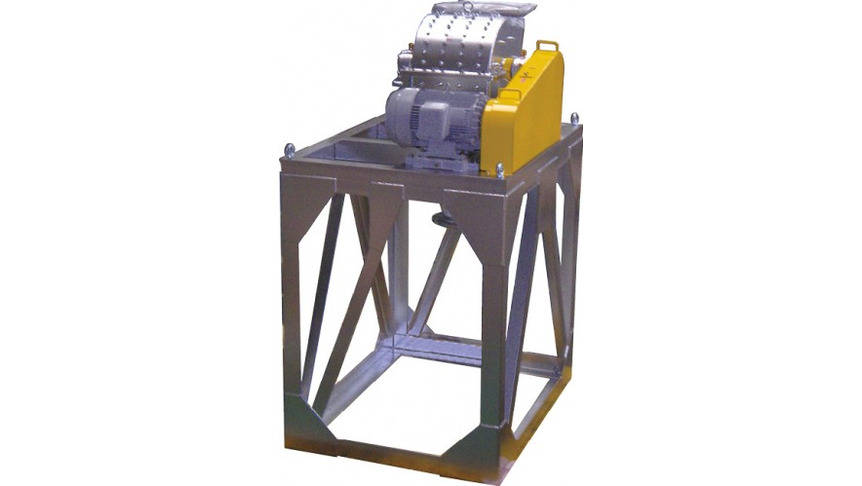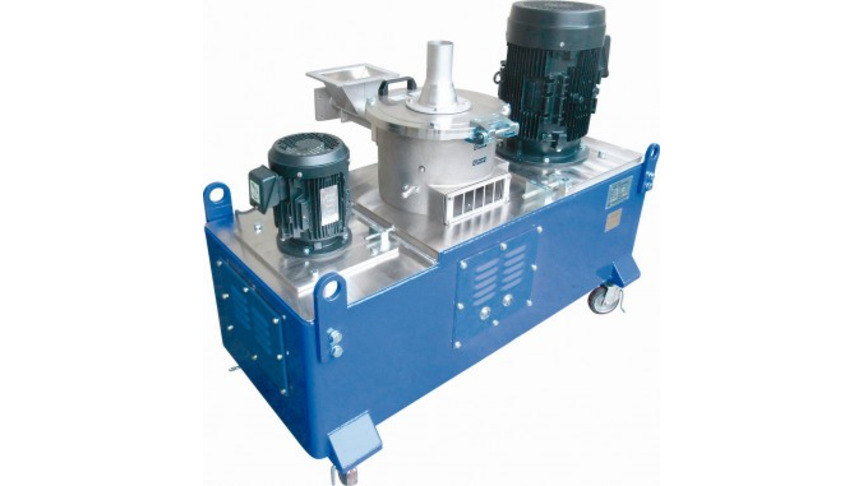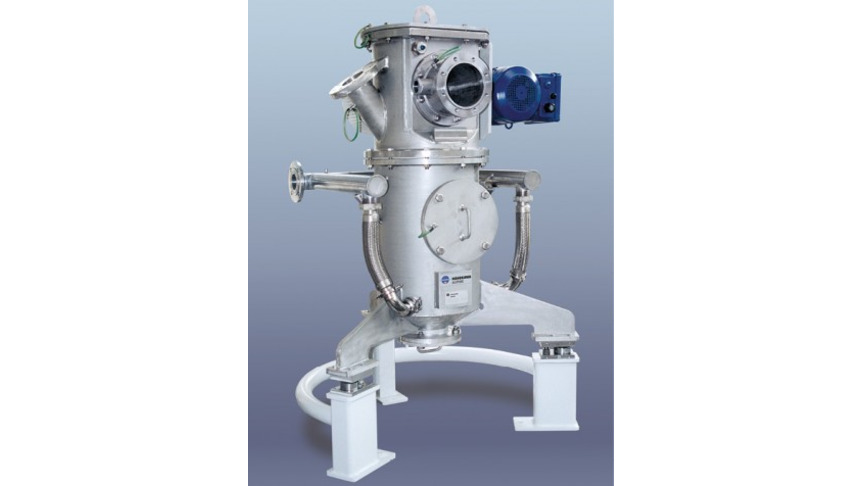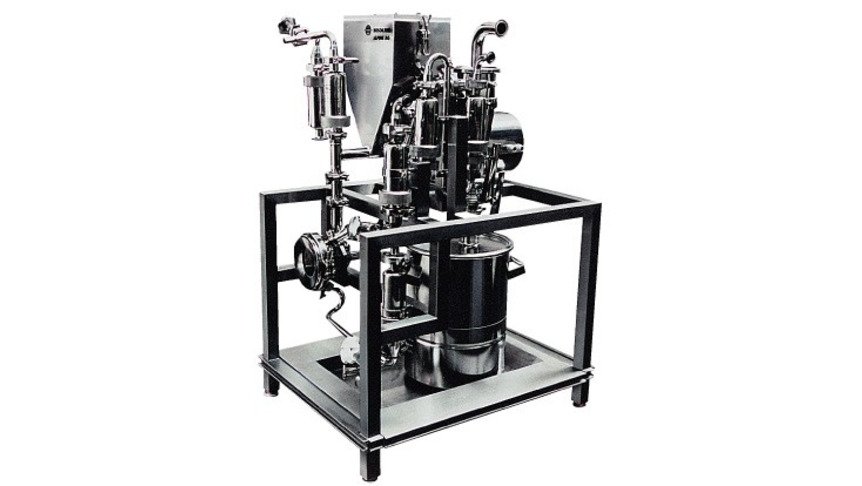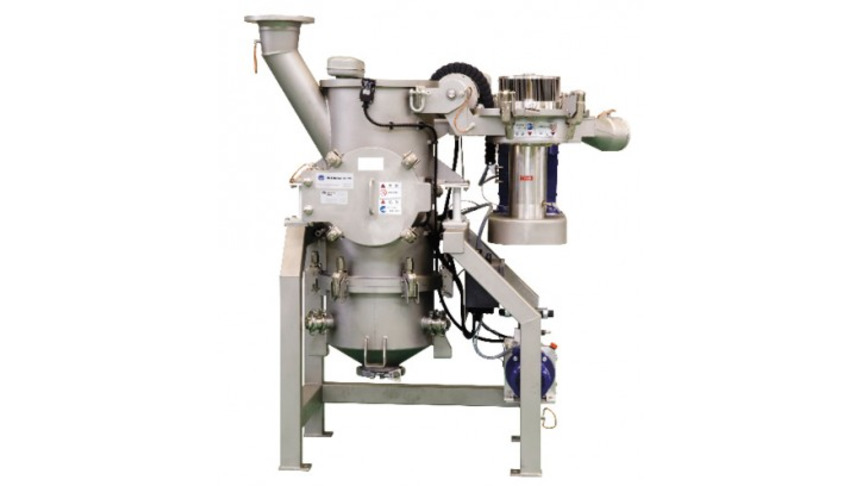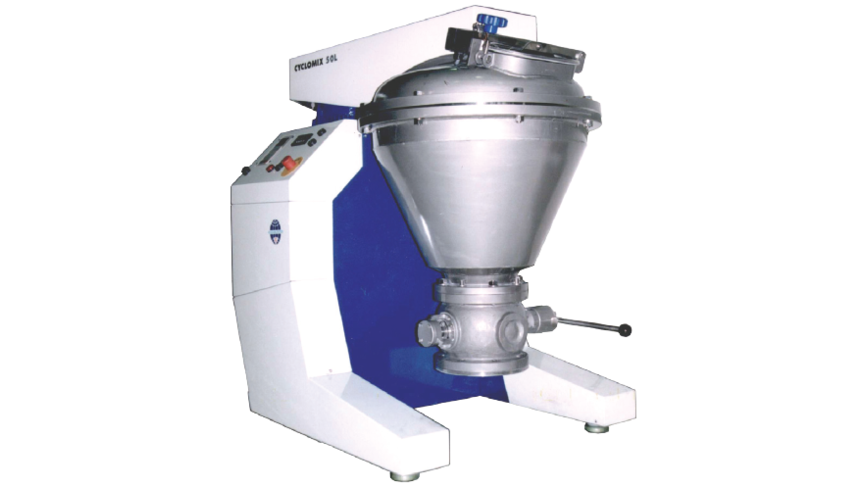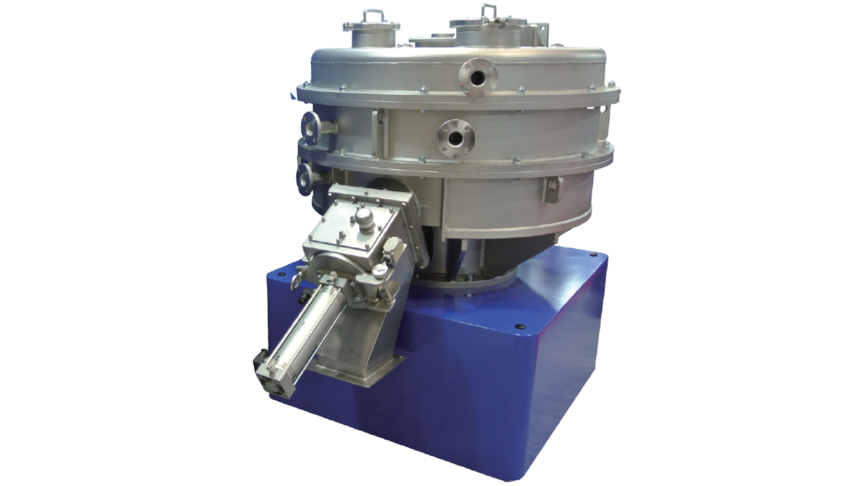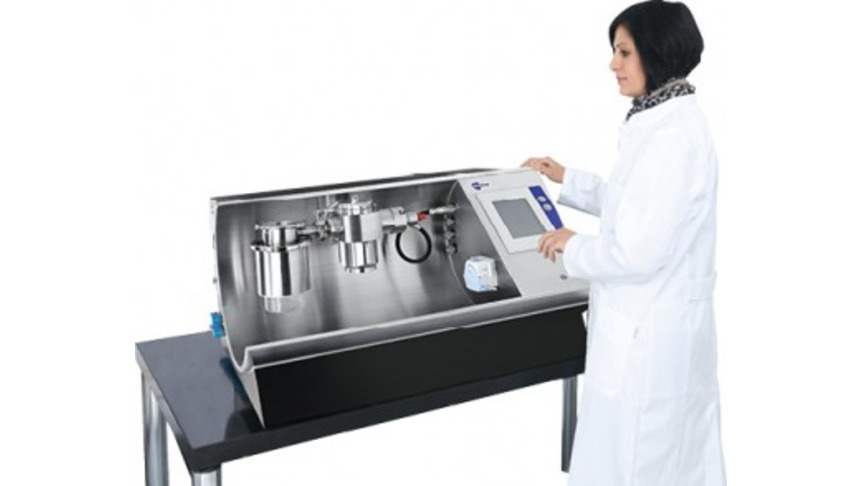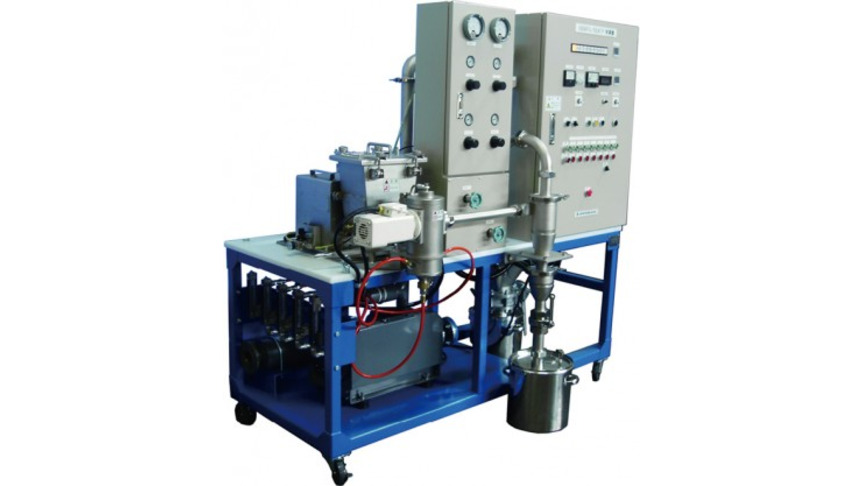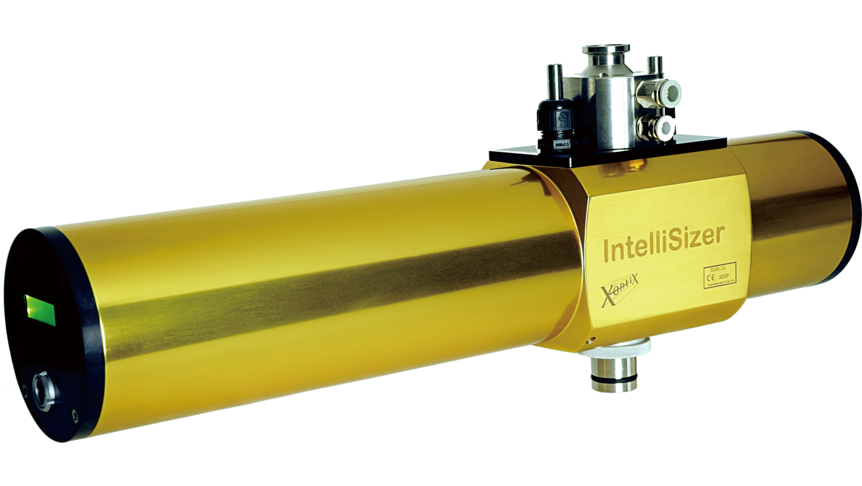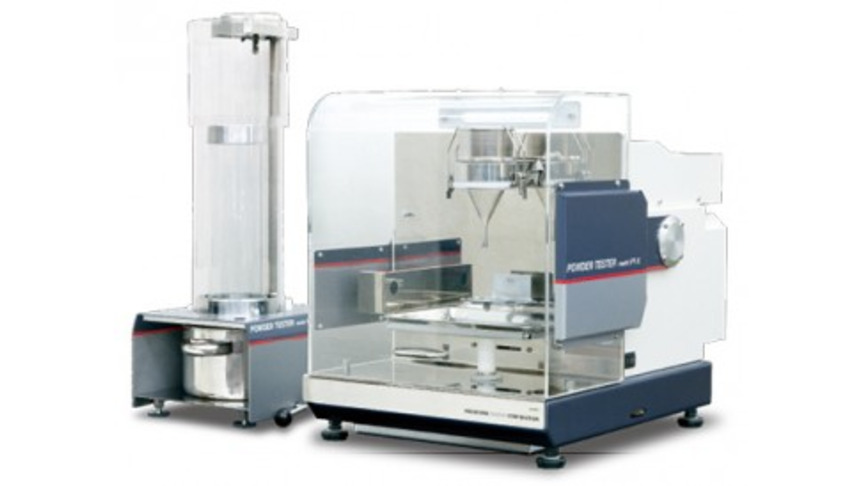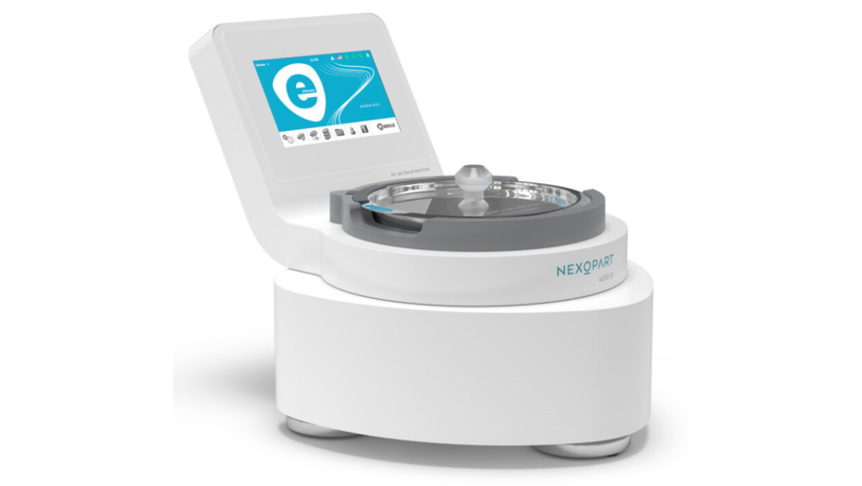- Industries & Machines Industries & Machines
- IIoT IIoT
- Service-Toll Processing Service-Toll Processing
- Material Material
- News News
- IR Information IR Information
-
Sustainability
Sustainability
Sustainability
- Introduction
- Hosokawa Micron Group "Basic Human Rights Policy"
- Hosokawa Micron Group "Basic Policy on the Environment"
- Sustaibality Policy - Mission Statement
- Editorial Policy
- Integrated Report
- Materiality & Strategy
- Technological contribution to a sustainable global environment
- Contributions towards a safer, more secure and prosperous society
- Sophistication of governance that supports business
- ESG Data Collection
- Sustainable Business Management ~ Finance
- Infromation Disclosure Based on TCFD Recommendations
- Jobs and Careers Jobs and Careers
-
About Us
About Us
About Us
- Greetings (Company Introduction)
- Hosokawa Micron Group "Basic Human Rights Policy"
- Hosokawa Micron Group "Basic Policy on the Environment"
- Management Philosophy
- Corporate Overview
- Executive Officers
- Corporate Profile
- Business Areas and Strengths
- Corporate History
- Hosokawa Micron Group
- Domestic Facilities
- Overseas Subsidiaries (Asia)
- Overseas Subsidiaries (Europe)
- Overseas Subsidiaries (America)
- Asian Agents
- Powder Technology Research Institute
- Industrial Property Rights
- Journals and Books
- Technical Information
- Annual Publication "Micromeritics"
- Compliance Charter
- Privacy Policy
- Cookie Policy
- Quality Principle

Industries & Machines
- TOP
- Industries & Machines
- Industries Search
- LIB Cathode, Precursors of Cobalt Based Manganese
LIB Cathode, Precursors of Cobalt Based Manganese

Summary
In Lithium Ion Batteries, recharge and discharge occurs through the movement of lithium ions between the cathode and anode. The material that takes in and discharges the lithium ion is called active material. Methods for producing these cathode active materials will be described in this passage. The production process is split into two separate procedures. The first is the chemical bonding process between active materials taken from materials called precursors; the second process is to adjust the synthesized active materials and coat onto the electrode current collector.
To start off, the technology behind precursors for cobalt based and manganese based cathode materials will be explained. While the leading cobalt based material is lithium cobalt oxide LiCoO2 LCO, there are other cobalt based materials called a ternary system such as Li (NiaMnbCo1-a-b) NMC and Li (NiaCobAl1-a-b) O2 NCA, as well as a quaternary system which is an active material made up of a complicated chemical composition. These materials are used in their respective fields to best utilize their features. For manganese-based materials, such materials as LiMn2O4 and Li2MnO3 can be named.
Cobalt based precursors include cobalt oxide, cobalt hydroxide, oxy cobalt hydroxide, cobalt carbonate, as well as lithium carbonate, lithium hydroxide, and manganese oxide. Manganese based precursors include manganese oxides and lithium carbonates. Active materials are often produced by the solid phase method.
The following passage will be an introduction to dry grinding, precision mixing, and drying technology used in the precursor production process before the furnace stage for synthesis reaction.
Contents

Fig.1 Fluidized bed opposed jet mill 400/1 AFG
The solid phase method consists of mixing numerous solid raw materials together and a calcinations process. To perform the solid phase procedure efficiently, minimizing the amount of unreacted materials and controlling the calcinations temperature is essential. This is done through fine grinding and precision mixing of the raw materials, making powder-processing technology an important aspect of the production process.
Fine particle production of raw materials

Fig.2 Spiral jet mill 200AS
Mixing solid state materials are performed by using raw material particulates. The larger the individual particle sizes are - the longer time it takes for the calcinations process. Also for a reaction to occur, more than two different materials need to come in contact with each other. The larger the particle size, the possibility of unreacted materials appearing in the product becomes larger. Since each raw material has a different specific density, it is prone to becoming non-uniform. Larger particles have a greater tendency of this problem, with the reactivity declining as well due to the reduction in contact area between the particles. To solve this problem, fine particle production of the raw material is needed with an emphasis put on minimizing the amount of metal contamination. This process can be performed with classifier integrated ACM pulverizer, fluidized bed jet mill AFG, and spiral jet mill. In recent trends, a classifier integrated target type jet mill is also utilized for producing finer and sharper particle distributions.
Precision mixing for solid-state reaction

Fig.3 Cyclomix CLX-50
To accelerate the synthesis reaction through calcinations, separate precursor materials need to contact each other. However, from the fine particle production described in 2-1, the material’s adhesiveness and cohesiveness have increased making it difficult for different precursor materials to come in contact. To solve this problem, a mixer that can provide enough energy to the aggregates through impact and shearing force is essential. For this process, Hosokawa can offer the Cyclomix and Nobilta for this process which utilizes the impact and shearing strength, as well as compressed shearing force respectively.

Fig.4 Flow of precursor process
Drying process

Fig.5 Xerbis XB900
Some cobalt-based materials are synthesized using a wet process and is then calcined to produce precursors. Before the calcinations process, there is a need to separate and clean the powder and solvent. Since the slurry form of the raw material has a high viscosity and its dry form has a highly adhesive and cohesive characteristic, continuous operation using a standard flash dryer is extremely difficult due to blockages developing relatively easily. Another important aspect is to prevent reformation of aggregates, such units as the media mixer type dryer Xerbis, which has zero metal contamination, and mixing type, vacuum dryer can be utilized.
Related equipments

Feel free to contact us. if you have any questions or concerns.

